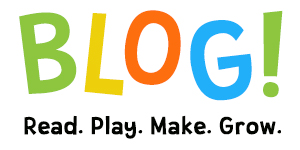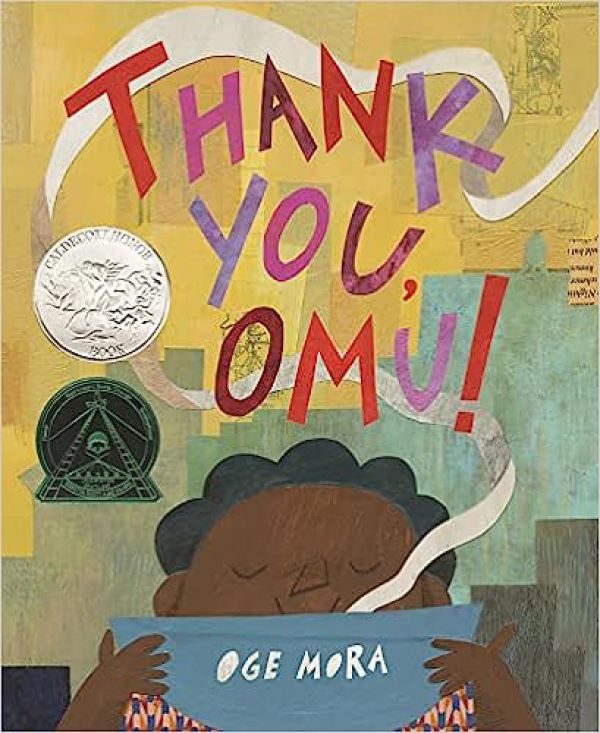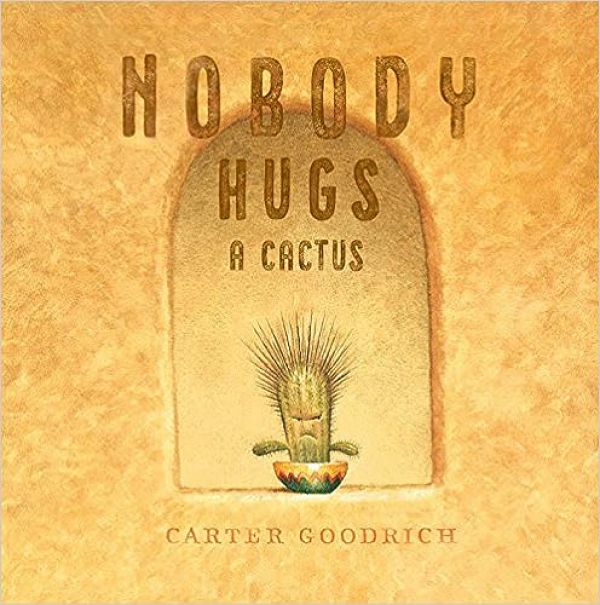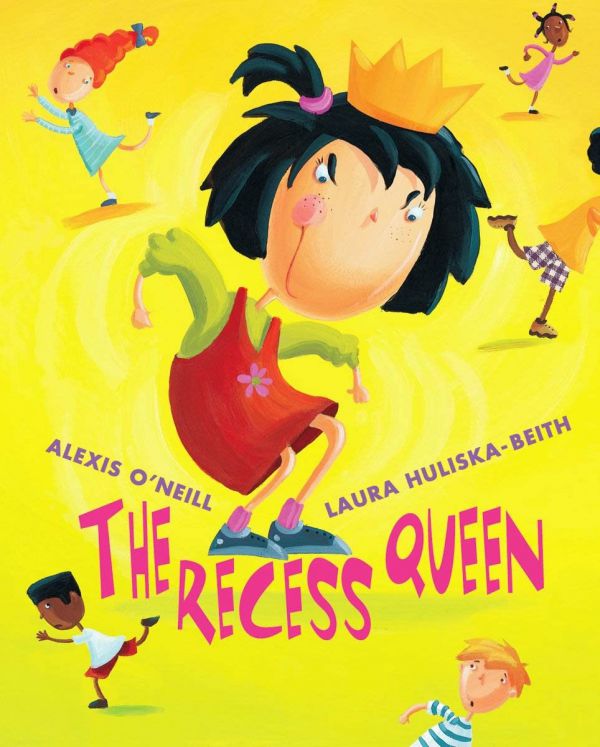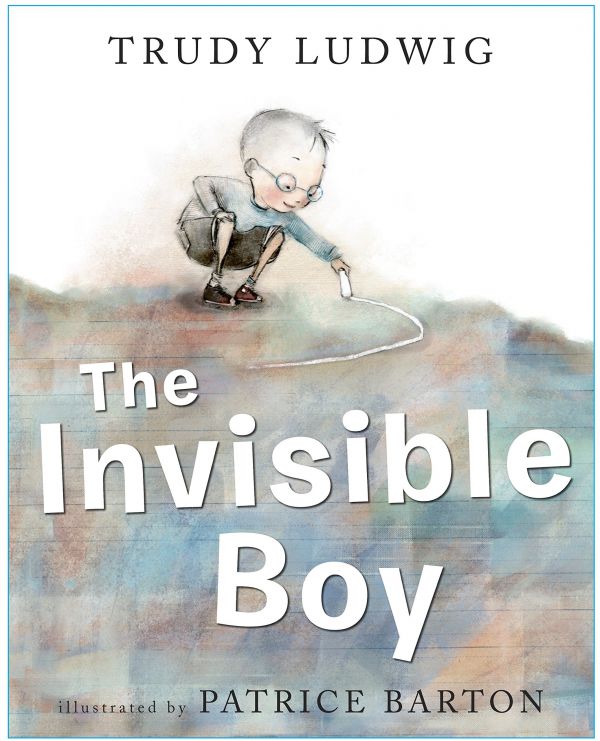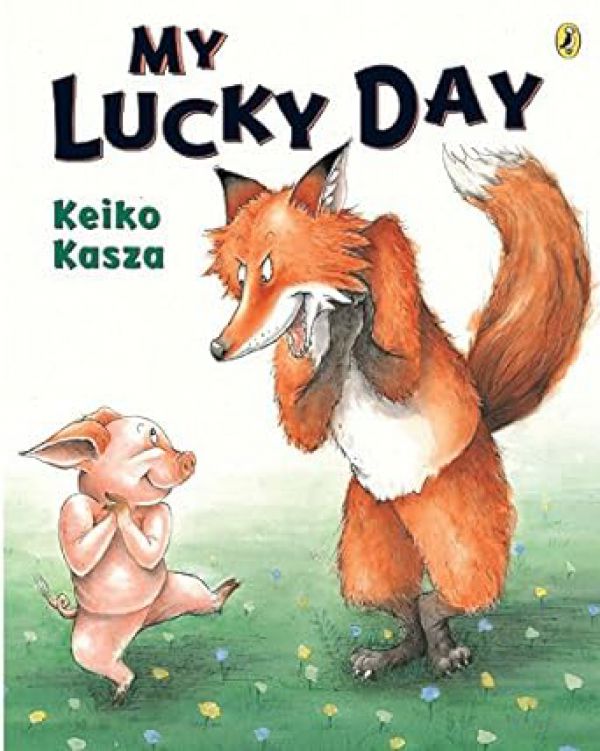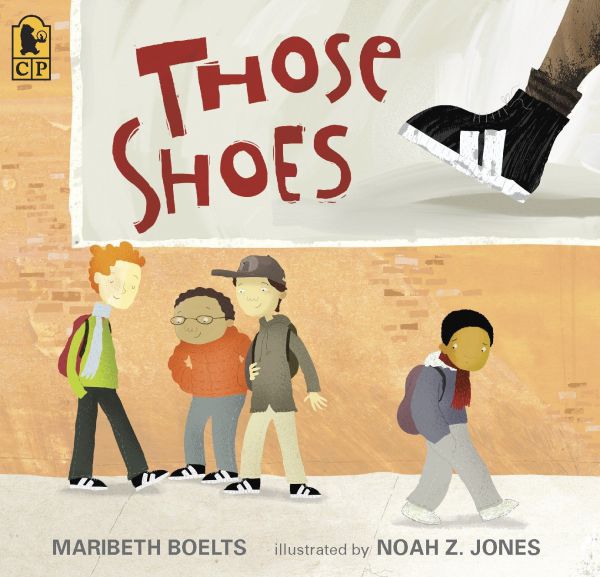Welcome back to a new school year! Since the school year is in full swing, we will be continuing our Literacy Blog to provide some fun tips and activities for beginning, independent, and emerging readers. We ended our series with identification of the story setting. This month, we will be focusing on another Story Element- Character Traits.

What is the purpose of identifying character traits? Character traits help readers understand the characters in a story. It helps the reader to understand why the characters do what they do.
A Character Trait is a description of a character in the story. These traits can be outer or external traits or inner or internal traits.
Outer traits or external traits are easier to introduce. These are traits that are physical. Ask yourself; what can I see?
Some examples of outer or external traits are eye color, height, hair color, etc.
Inner or Internal traits can be a little tougher to identify because these are traits you must infer (inferring is when you use clues the author gives you and your own knowledge to recognize traits) in order to determine something. Ask yourself; what clues is the author giving me? What do I know about that?
Some examples of internal traits are what a character says, actions they do and feelings, or thoughts they have. An example of an internal trait is “Jean went over to console a friend who was crying.” This may be an example of a character being sympathetic, because they are empathetic towards a friend who is unhappy.
You can apply this to any book (board books, picture books, and chapter books.)

Here are some books that showcase Character Traits
 Activities
Activities
The following activities will provide practice in identifying external and internal traits of characters you encounter as you read.
Activity: What Are Your External and Internal Traits?
- You will need 2 body outline templates; these can be found online, or you can draw them yourself. Label one sheet, “External Traits,” and label the other, “Internal Traits.” (see the images below)
- Identify your External Traits: Begin by focusing on your External Traits. (External Traits are your appearance) Use adjectives to describe your appearance, or your External Traits. What color is your hair? What color are your eyes? Describe your height. Write these describing words on the “External Traits” sheet. Write the words on the outside of the body image.
- Once you have documented your External Traits, use the second image to describe your Internal Traits. Remember, these traits cannot be seen from the outside. (Internal Traits encompass your personality, emotions, skills, and interests)
Write these words on the inside of the body outline.
*Personality traits: friendly, confident * emotions (grumpy, sad),
*Skills (artist, athlete) * interests (reading, cooking).


By following these directions and using body outlines on paper to describe External and Internal Traits, you can create a visual representation of any individual or character.
Extend and Explore
In the story Nobody Hugs a Cactus by Carter Goodrich, Hank changed his feelings and attitude (internal traits) during the story. Draw a picture of Hank at the beginning of the story, and another picture of him at the end of the story. You can see how Hank’s unique traits contributed to his personality and played a role in how the story develops.
Activity: Which Wall
This fun activity helps to explore and understand different character traits and will help your reader understand the difference between External and Internal Traits.
1. Gather two index cards. Write EXTERNAL TRAITS on one card & INTERNAL TRAITS on the other card.
2.Tape the cards on opposite walls.
3. Have your reader stand in the middle of the room.
4. Say a character trait and your young reader will go to the wall it matches. For example, if you say “bossy”, they will go to the “Internal Traits” wall.
Need a wordlist to get you started? Here are a few suggestions:
| External Traits | tall | short | brown hair | fuzzy tail | freckled | well dressed | floppy ears | green eyes |
| Internal Traits | bossy | lazy | curious | alert | jealous | shy | outgoing | creative |
Extend and Explore
Using several index cards, write different character traits on each card. Place the cards, face down, and take 1 card from the pile. Without anyone else seeing the card, the reader will describe a scenario or situation that exemplifies the word on the card. For example, if the card says “honesty” the reader might describe a situation where someone finds a lost wallet and returns it to its owner.

Practice Makes Perfect!
Understanding character traits is important to help a reader understand the story. Identifying character traits can help the reader understand a character’s motives, feelings, and actions. You can practice identifying external and internal traits in any book. Your reader can even think about external and internal traits of themselves or family members.
Be sure to check out our Beginning Reader and Early Learning Kits, available in the YS Department.
 Youth Services Assistant Librarian Erin
Youth Services Assistant Librarian Erin
 Youth Services Assistant Librarian Karen
Youth Services Assistant Librarian Karen

